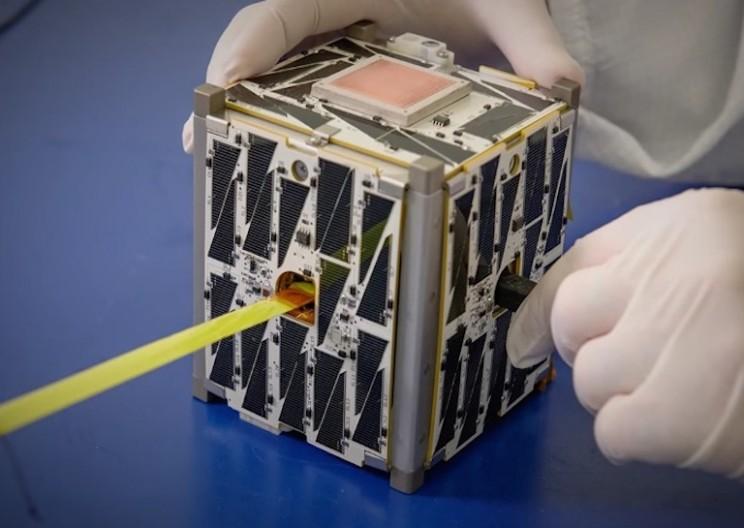Y: I have a question for you, Don: what’s the size of a toaster, weighs about three pounds, and orbits the Earth?
D: Uh. Is it my toaster? You know, I haven’t been able to find that thing
recently…
Y: Nope! It’s a CubeSat! These nanosatellites are a particularly tiny type of research spacecraft. They were originally proposed about twenty years ago, and the first one launched in 2003. Since you can buy their components off the shelf, they’re cheap to make and easy to use.
D: I didn’t realize satellites could be so little. It shows how far we’ve come in making technology both smaller and more powerful. Think about how telephones once needed an entire booth, but today they can fit in our pockets. And now here’s a satellite that’s smaller than Sputnik, but way smarter.
Y: The size isn’t without complications. It means that CubeSats sometimes only work for about a year. They can do a lot in that short time, though. CubeSats are used for disaster response efforts, amateur radio, climate monitoring, commercial communication, academic research, and more. There are around a thousand of them orbiting our planet, and several have even been launched into deep space.
D: Like I said, small yet smart. But it makes me wonder: there’s a lot of junk in low-Earth orbit. Think about all the dead satellites floating out there. All that debris can interfere with working spacecraft and satellite communication. Won’t CubeSats only add to that?
Y: Hmmm. Good question. As CubeSats become even more popular, we have to think about their future—whether that’s helping explore outer space, or cluttering up our atmosphere.










